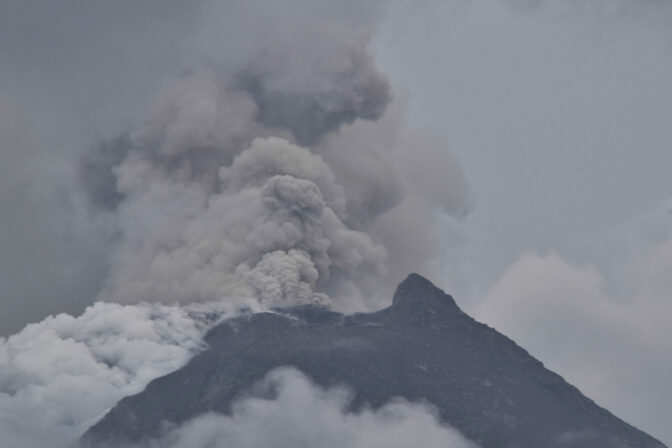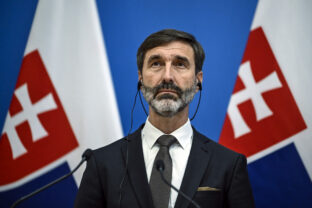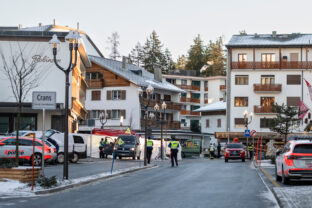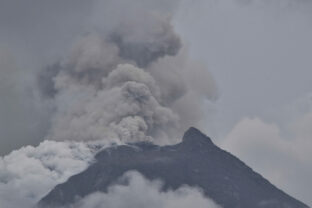BRATISLAVA, June 13, (WEBNOVINY) – The growth dynamics of prices in Slovakia continues quickening. The Statistics Office of the Slovak Republic reported that y/y inflation in May reached 4 percent, which is acceleration by 0.3 percentage points from April. This means that May brought about the fastest price growth since December 2008. M/m price growth reached 0.3 percent in the fifth month, while in April it was 0.4 percent. The five-month average inflation represented 3.5 percent.
The opposition SMER-SD has called on coalition parties to debate the price growth spurt in Slovakia and the country’s rising debt at the week’s end rather than the elections of a new prosecutor general. At Monday’s press conference, party leader Robert Fico proposed an unscheduled session dedicated to the current economic development. “The Cabinet must say something because for now, they have only contributed to the price hikes,” he announced. Fico believes that Cabinet members should explain to lawmakers their plans to curb growing prices, since the pressure on their further jump will continue.
The released 4-percent inflation figures for May have confirmed that Slovakia has the wrong government that has taken a wrong path, as the opposition leader went on to say. Fico rebuked the team of Iveta Radicova for a package of measures that bolstered the price increase a great deal. “The figures on price development in Slovakia published by the Statistics Office today must have had the effect of cold shower on Iveta Radicova,” Fico noted. SMER-SD Deputy Chairman Peter Kazimir called the 4-percent price increase brutal and harmful to the economy due to the weak consumption of households. The Finance Ministry has dismissed all of this. “Of course, no one is happy about annualized price growth comparable to that of 2008. All the more as it is caused by influences out of the reach of government, namely poor crop harvest worldwide and the ensuing food price hikes, as well as soaring prices of crude and crude oil products. Apparently only the SMER leader can order the weather and hedge the crude prices,” ministerial spokesperson Martin Jaros said in reaction. Then again, the tiny impact of Cabinet’s measures crucial to reviving the economy, e.g., a temporary increase in the VAT rate, is positive, he concluded.
In annual terms, prices of foodstuffs and non-alcoholic beverages grew the most (+7.4 percent). The Statistics Office also reported increases in prices related to transport (+6.3 percent), education (+4.5 percent), housing, energy and other fuels +4.4 percent alcoholic beverages and tobacco (+4.2 percent), miscellaneous goods and services (+3.7 percent), health services (+3.4 percent), hotels, cafes and restaurants (+2.3 percent), clothing and footwear (+2.6 percent), recreation and culture (+0.9 percent), and postal and telecommunications services (+0.4 percent). Prices of furniture, furnishings and common home maintenance dropped 1.3 percent.
SITA












